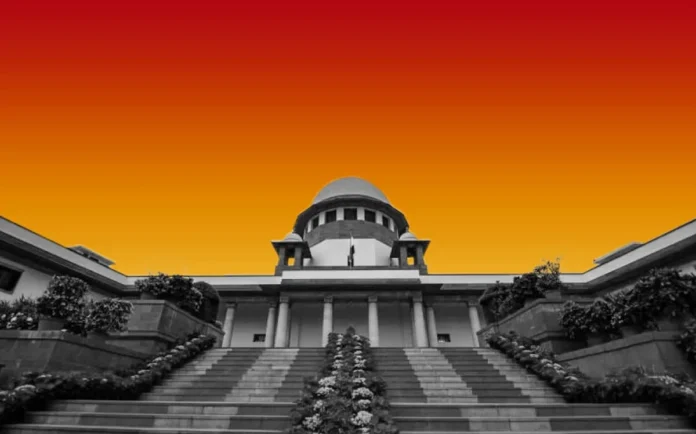During a recent hearing, a bench led by Chief Justice B. R. Gavai expressed concern that in India, “we have seen our morphed pictures” being used to mislead or misrepresent actual judicial discourse. The bench underscored that while adopting advanced digital platforms may improve accessibility, the same platforms also expose the system to misuse, including deep-fakes and edited recordings.
The petition before the Court seeks to direct the government to frame a comprehensive regulatory framework for synthetic-media technologies and their interface with the judiciary. The plea highlights risks to reputation, privacy, and the integrity of judicial processes, arguing that the current legal architecture is fragmented and inadequate to deal with rapid technological evolution.
Justices on the bench emphasised that the adoption of these technologies must proceed with caution. While they acknowledged the potential benefits — such as faster transcription, multilingual translation of judgments, and enhanced data-analytics — the judges insisted these tools must augment human decision-making rather than displace it. They flagged concerns that without clear guidelines, courts and litigants could be exposed to errors or manipulation.
The Court has directed the Union Government and relevant ministries to respond on how they intend to address the rising issue of synthetic-media misuse, including whether a statutory body should be constituted to oversee licensing or certification of such tools when applied to judicial or quasi-judicial contexts.
Industry observers say the decision could mark a significant turning point. For the judiciary, it signals a shift from purely volunteering experiments with technology to national level oversight of how digitised evidence and media may affect justice delivery and public trust.


